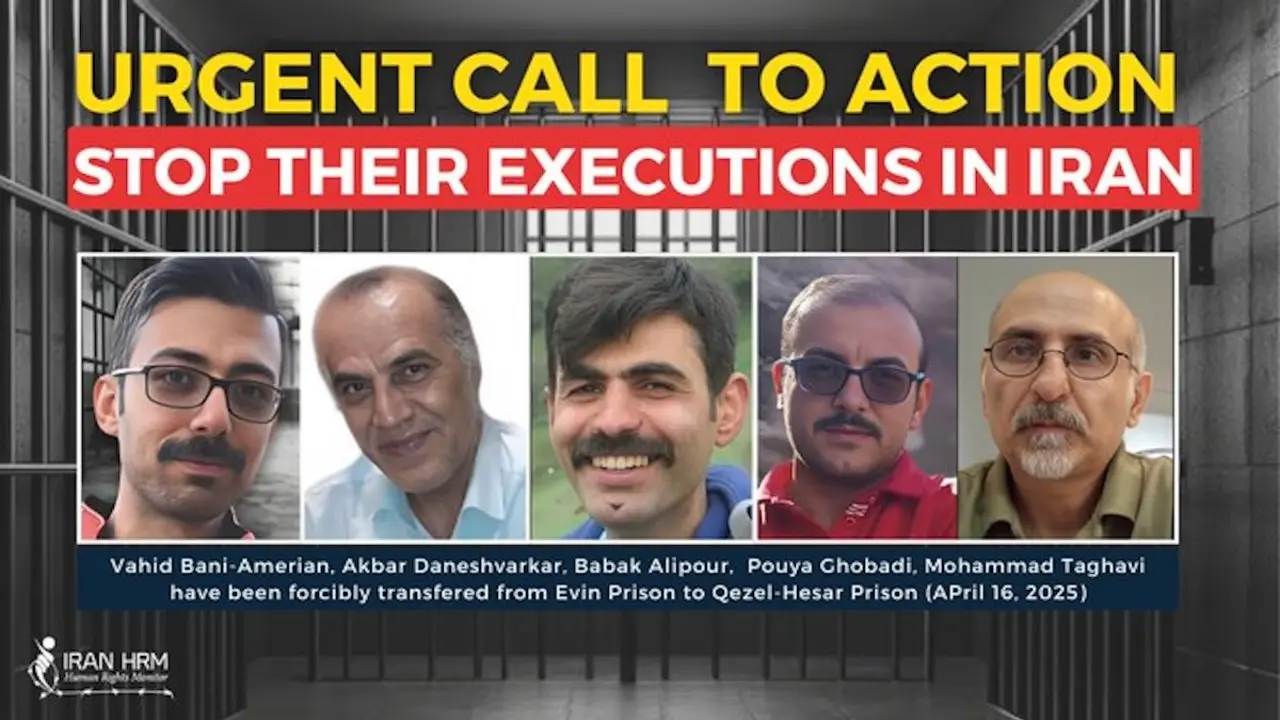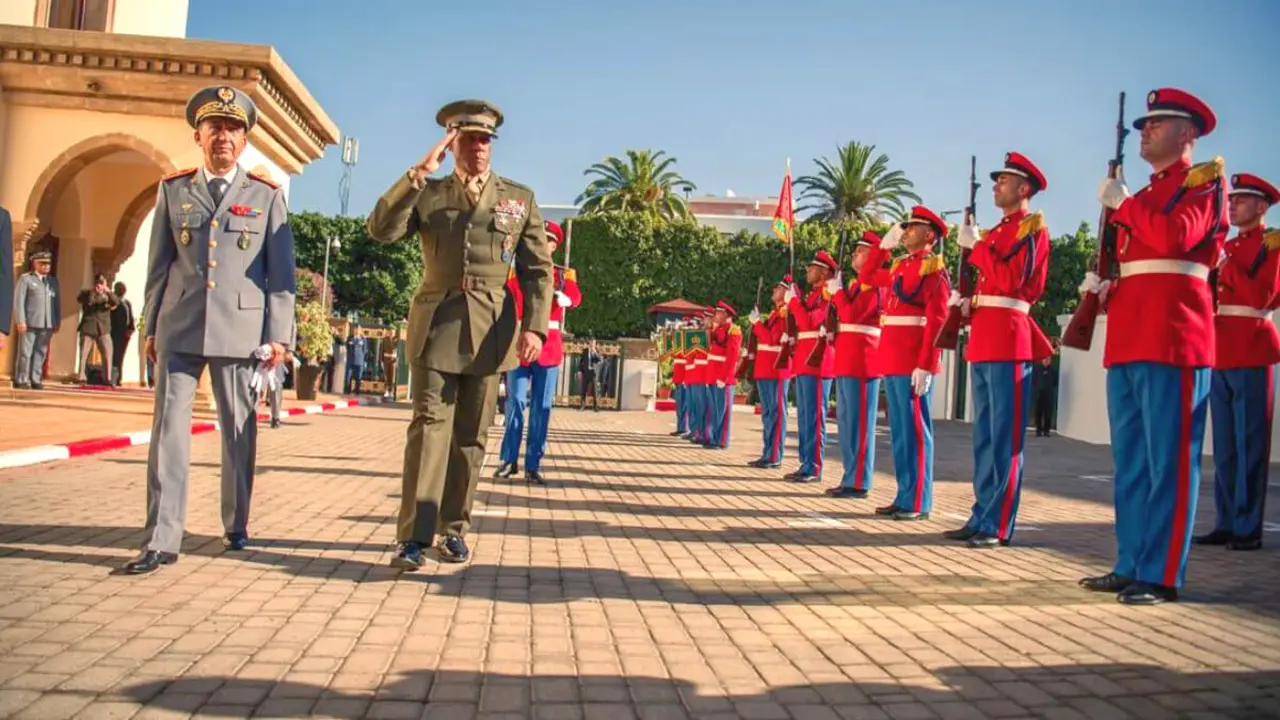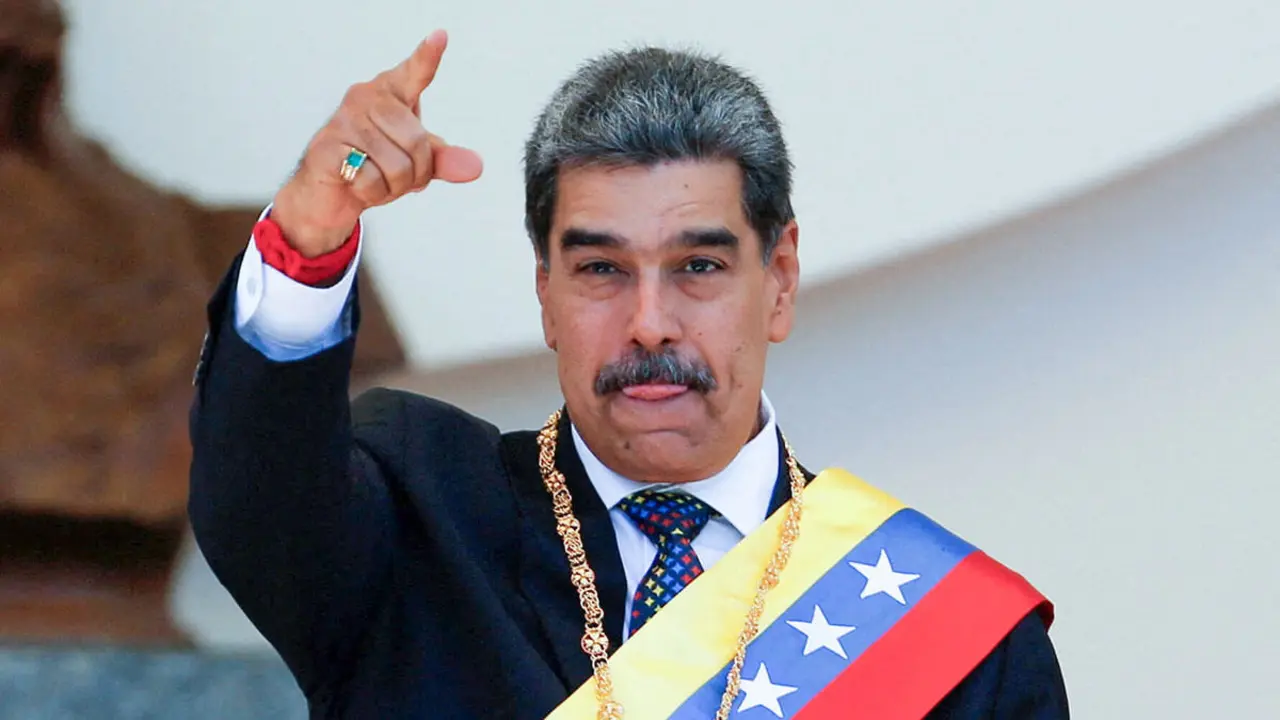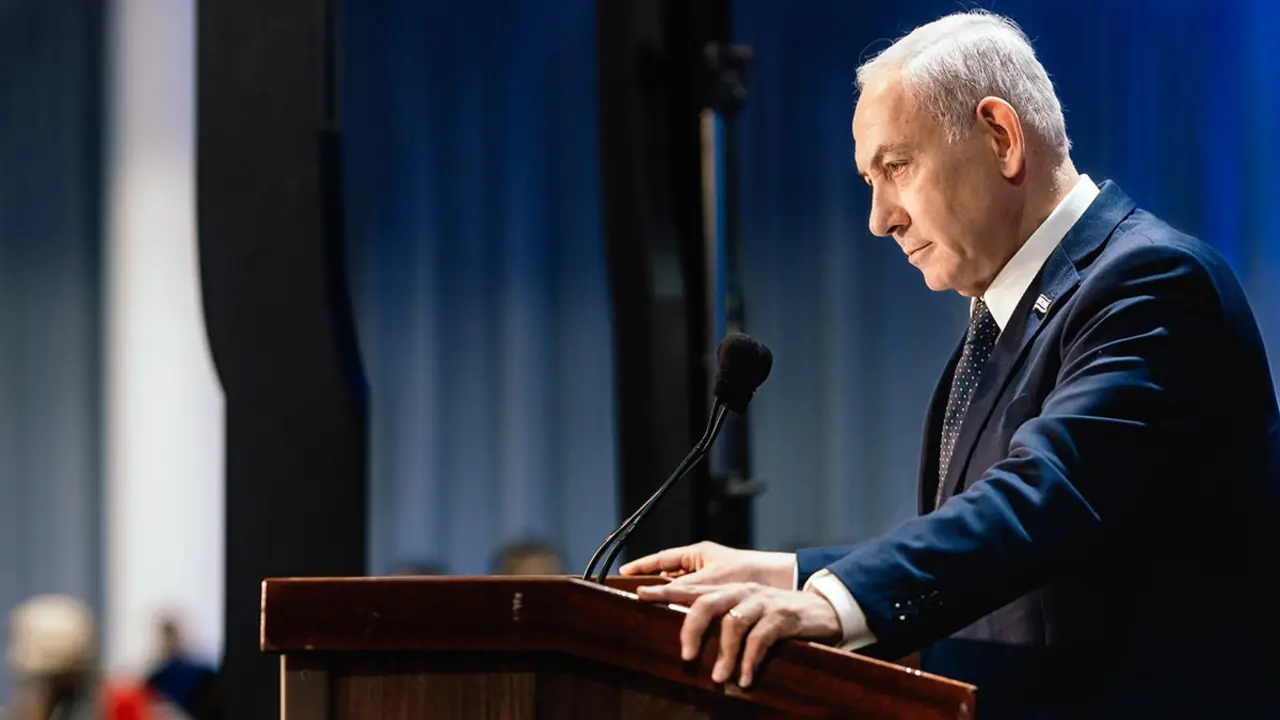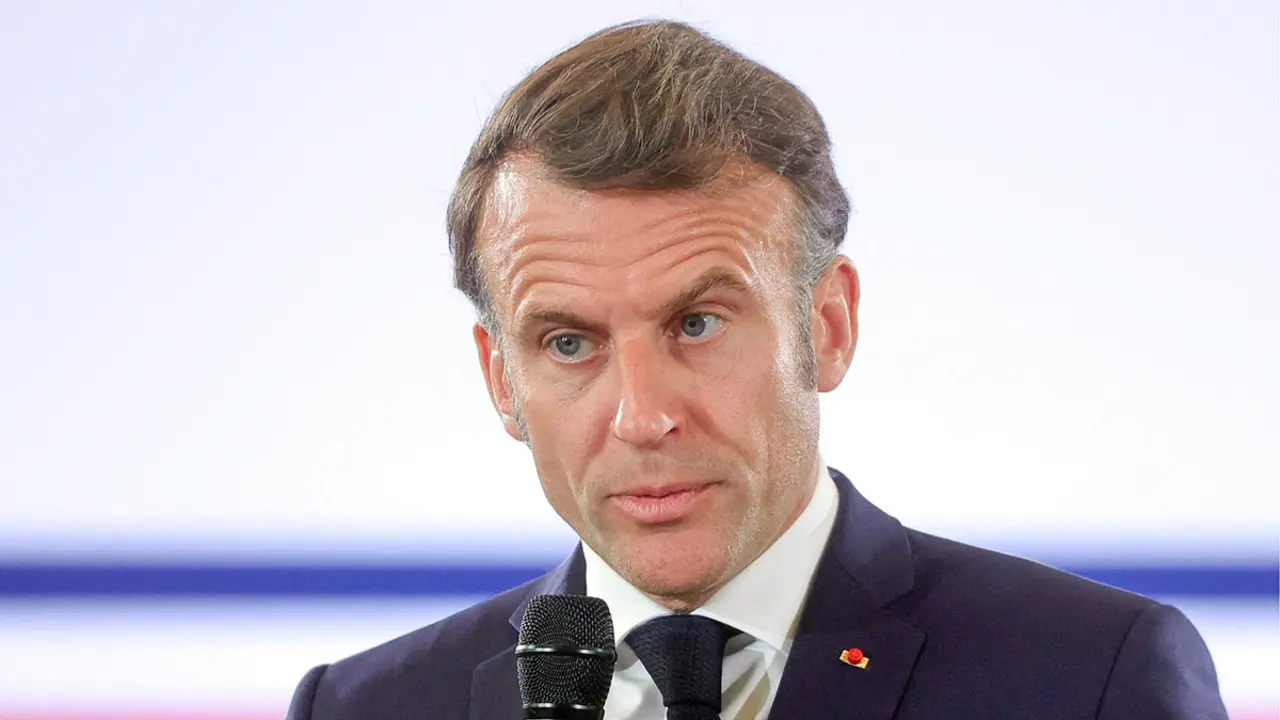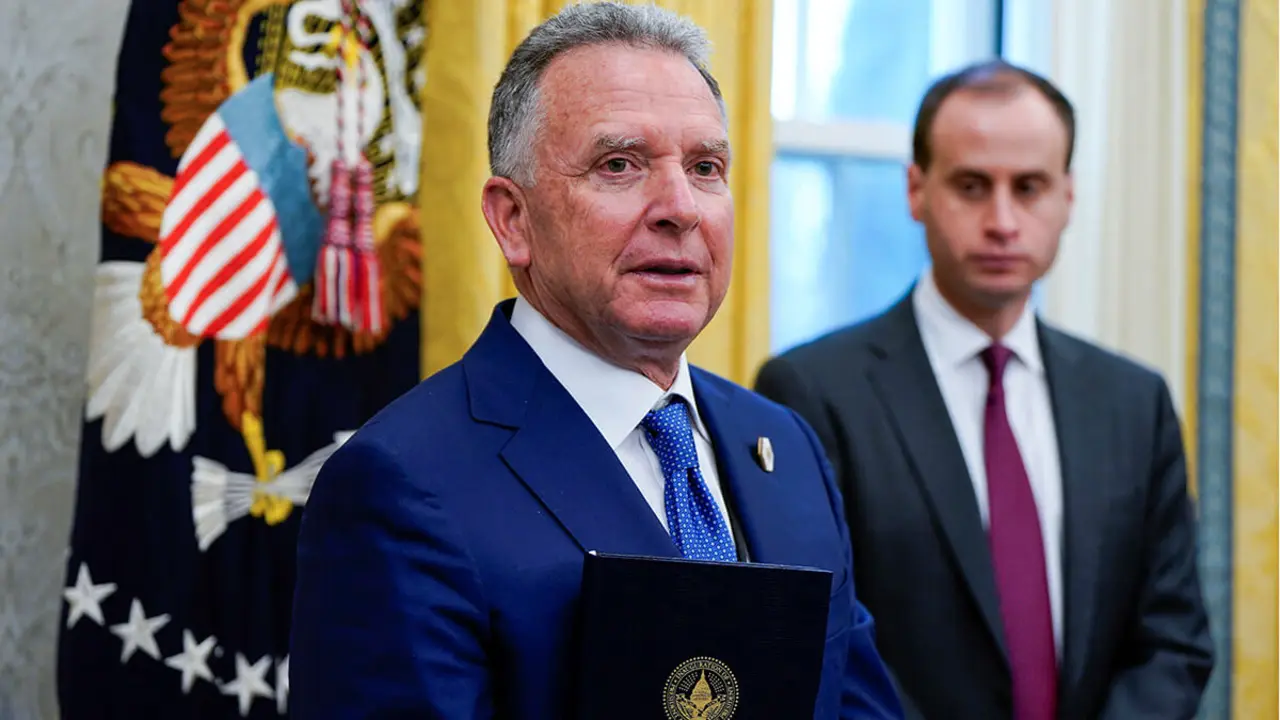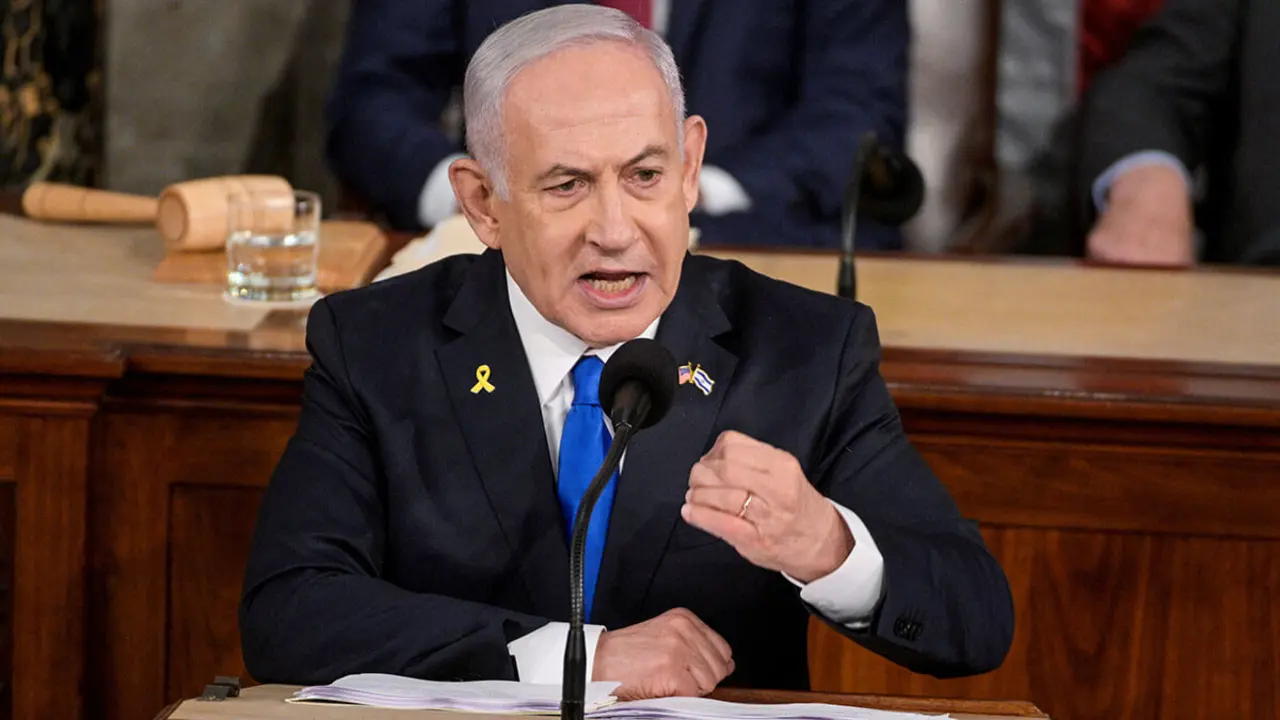The seven most important challenges facing the European Union in 2022

L'Union Européenne (UE) est confrontée à une année 2022 exigeante, avec des défis tels que la poursuite de la lutte contre la pandémie, le déploiement des fonds de relance, l'avancée de la législation sur le climat ou le numérique et la gestion des menaces extérieures, notamment en provenance de l'Est.
COVID
La pandémie, aujourd'hui revigorée par la variante omicron, reste le défi mondial numéro un et l'Union Européenne concentre ses efforts pour encourager la vaccination avec des doses de rappel et augmenter les dons de médicaments aux pays tiers.

ENERGY AND INFLATION
With gas prices at record highs and their automatic reflection in consumers' electricity bills and little prospect of the situation improving in the first few months of the year, the energy price crisis will continue to be one of the European Union's major headaches in 2022.

CLIMATE AND DIGITALISATION
At the same time, the EU is beginning to develop legislation to reduce its emissions by 55% by 2030 compared to 1990 as a path to decarbonise the economy by the middle of the century, a debate that will last for years and is expected to be intense.
It will also try to pass its two main laws in the first quarter of 2022 to limit the power of large internet platforms such as Google, Facebook and Amazon, which are called upon to regulate free competition by demanding greater transparency in their algorithms and establishing the responsibility of the technology companies to remove and moderate illegal content.

SECURITY AND DEFENCE
The EU's great defence commitment for 2022, which should be approved in March, is the so-called Strategic Compass for the EU-27 to gain autonomy in security and defence matters in the face of new challenges such as hybrid or cyber threats, and which envisages being able to deploy rapid action forces of some 5,000 troops.
The greatest threat the EU currently faces in its immediate surroundings is the tension between Ukraine and Russia.

ECONOMIC RECOVERY
The EU faces the task of successfully deploying the €800 billion recovery fund to kick-start the post-pandemic economy and boost the green and digital transitions.
With most of the national plans approved, in 2022 the member states will face the first reviews of the reforms and investments promised to Brussels to unlock the tranches of aid, an unprecedented challenge for the bloc.
The launch of the recovery fund coincides with a moment when the economic recovery is taking off, threatened by inflation and the current supply crisis, which, although considered temporary, are arousing fears in Brussels because of their impact.

Added to all this is the resumption of discussions on the future of fiscal rules setting limits on public debt and deficits, a debate that the Commission wants to close before the end of the year but which still divides southern and northern EU countries.
RULE OF LAW
The authoritarian drift of Hungary and Poland, both with post-pandemic recovery funds blocked until they reverse their violations of the principles on which the EU is based, such as judicial independence and non-discrimination, will remain one of the EU's main internal challenges in 2022.

The Polish Supreme Court's questioning of the primacy of European law and Hungary's anti-LGTBIQ+ regulations have increased the tension between Budapest and Warsaw with Brussels, and the parties will have to seek areas of understanding because neither Hungary nor Poland intends to leave the EU, nor can the other partners expel them.
MIGRATION
Within the European Union, in parallel to the lack of progress in the negotiation of the European Pact on Migration and Asylum, the division continues between Spain and other frontline countries, which are calling for an equitable distribution of responsibility in migration matters, and others such as the Visegrad countries - Poland, Slovakia, the Czech Republic and Hungary - that are reluctant to take in refugees.

On the other hand, a new threat has emerged in the last year: the use of migratory flows as a political weapon by states such as Morocco and Belarus, the former with a one-off wave in May and the latter by facilitating the arrival of thousands of irregular migrants at the borders of Lithuania, Poland and Latvia for months.

